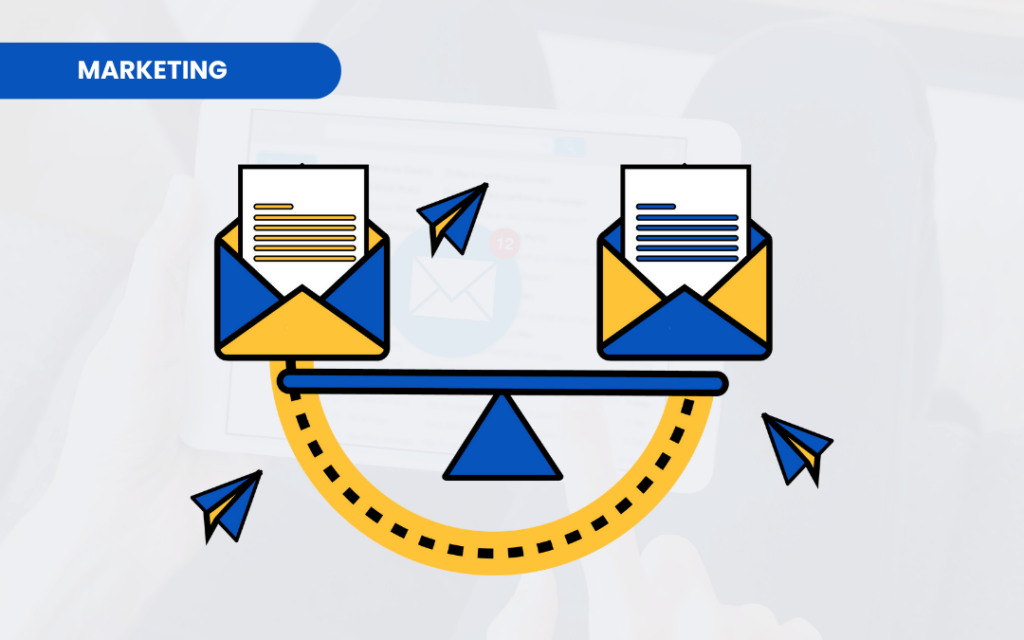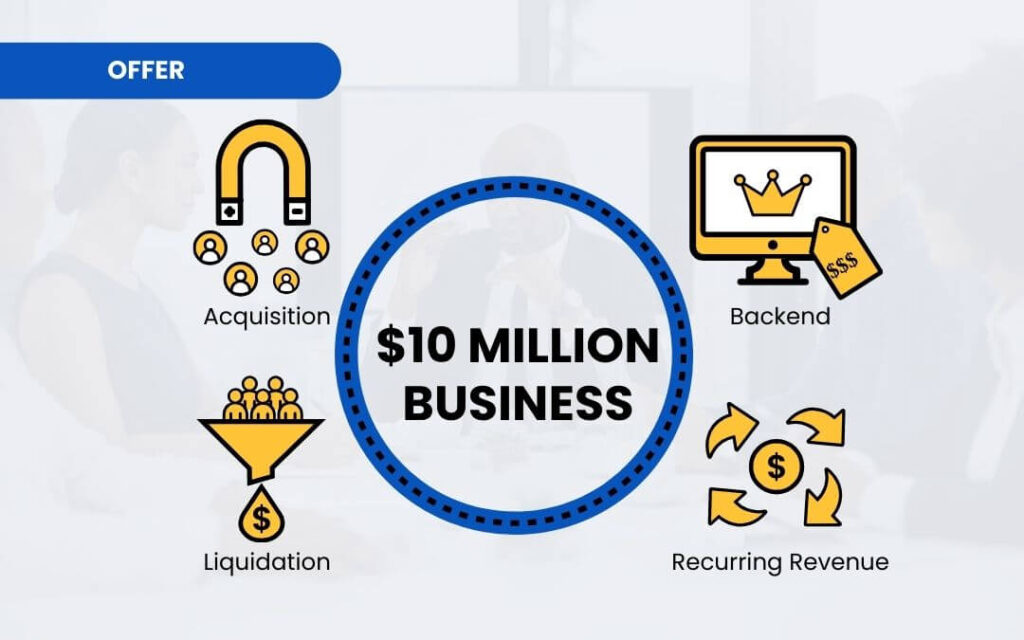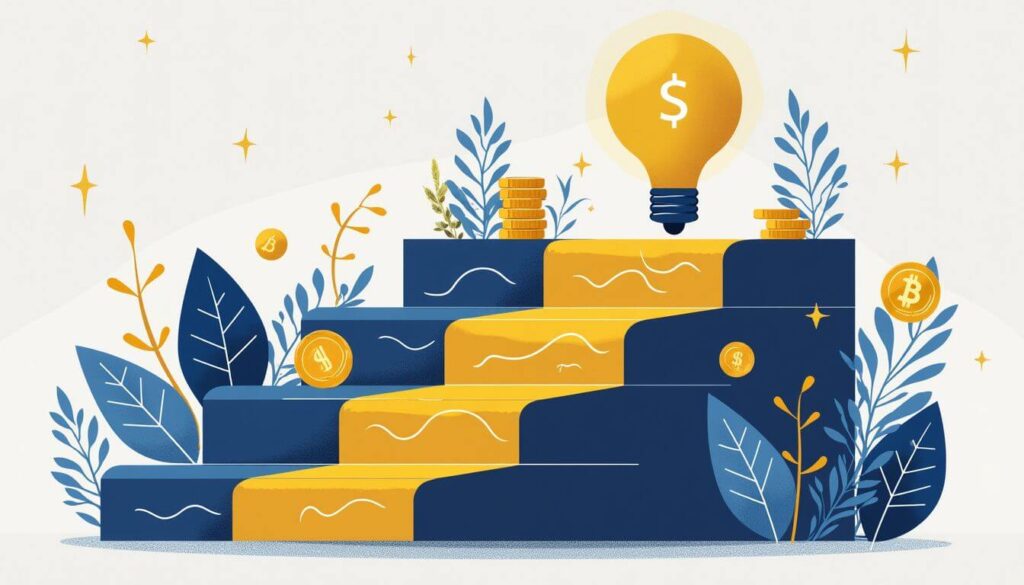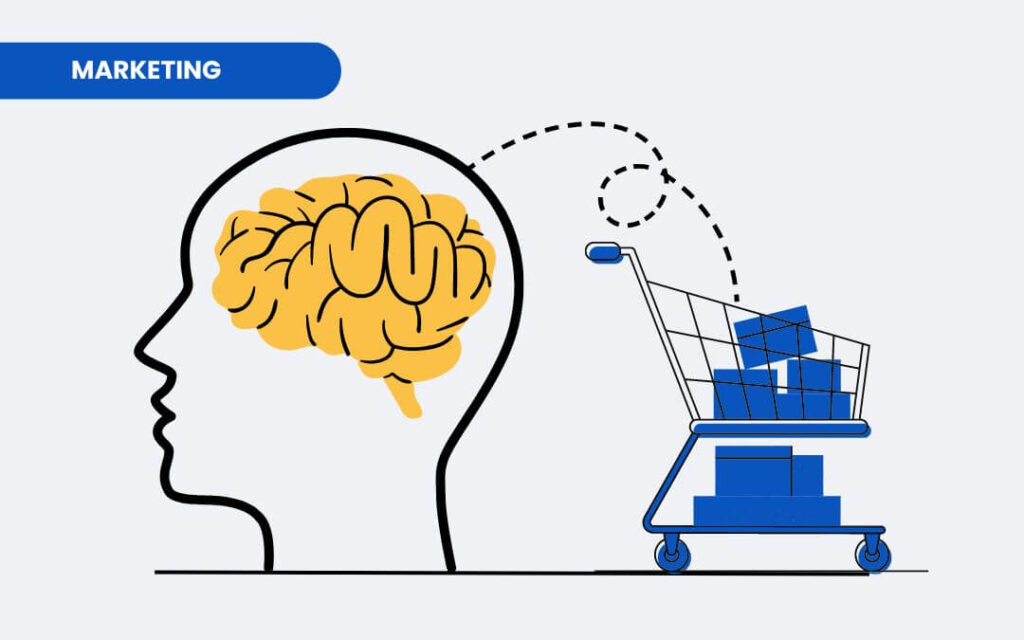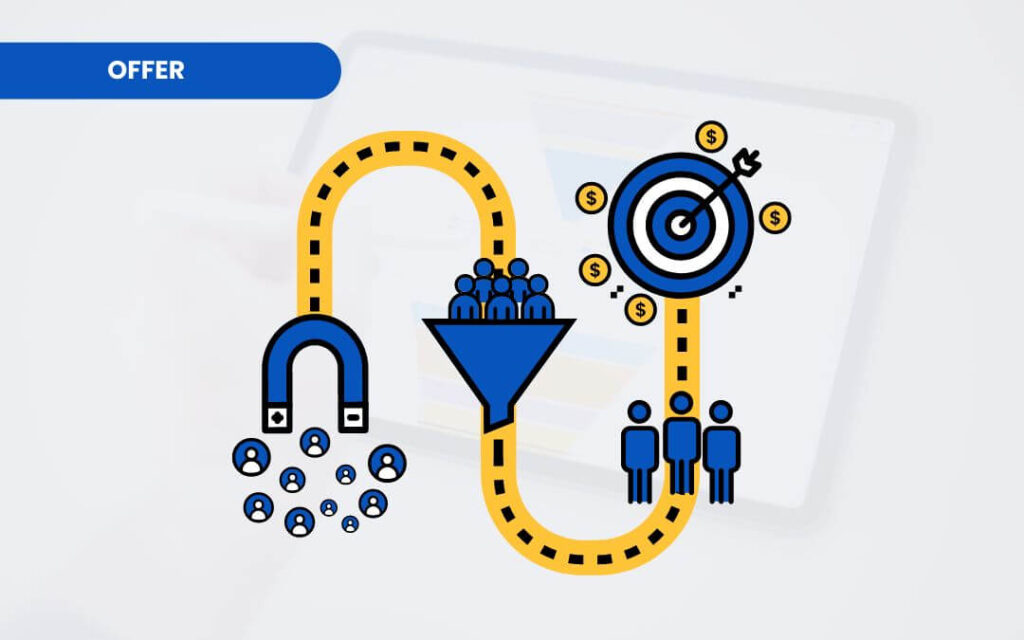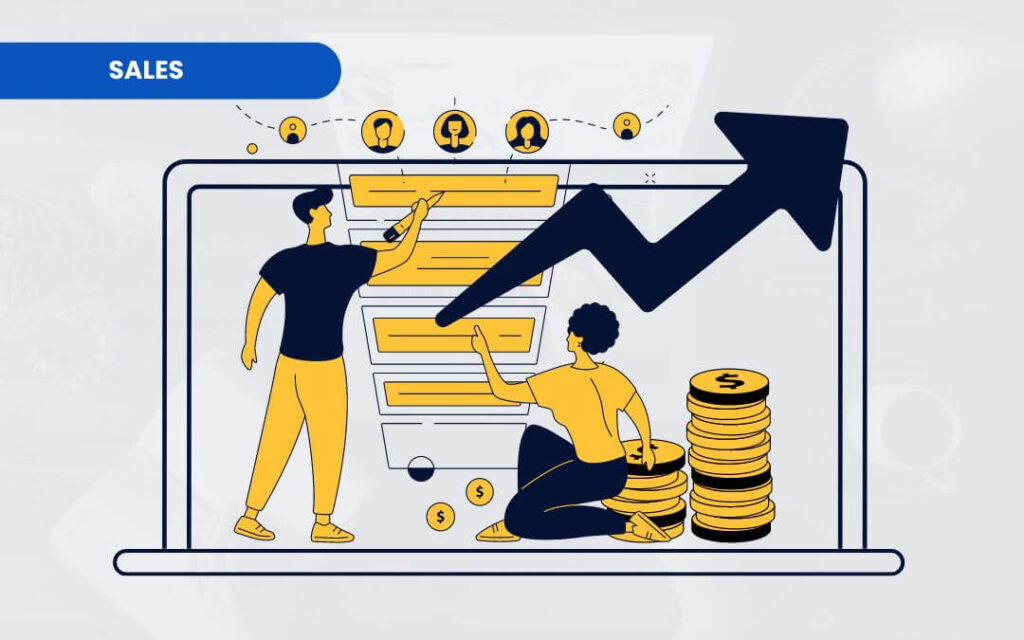Email ain’t dead.
Not when 59% of marketers say email is their biggest source of ROI.
It’s only dead for people who don’t know how to use it.
I have over two decades of experience in email marketing, and not to brag, but we’ve built a multi-million dollar business primarily from a single list.
My list is my BIGGEST profit center.
So why do I get such killer results through my email list while others struggle?
It all comes down to strategy.
It took a TON of trial and error to figure out exactly how to get this system to work. But once I cracked the code, I’ve been able to do it month after month for YEARS.
So today, I’ll share email marketing tips to increase sales that you can implement immediately in your own strategy.
There are many moving parts, but the core idea is what I call “load balancing,” and if you pay attention to this, you’ll have much better results than so many marketers out there.
What is Load Balancing?

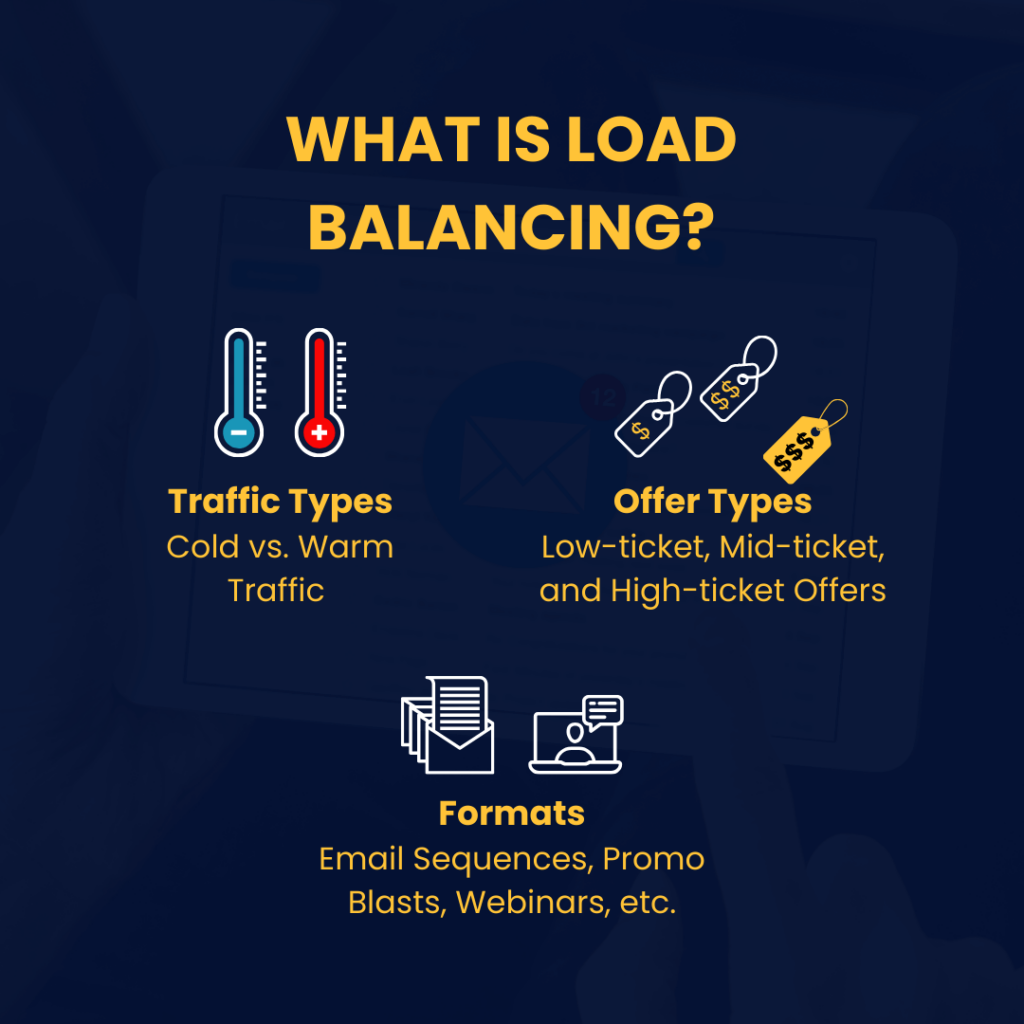
Load Balancing is how I structure my email campaigns to maximize opens, clicks, and sales.
The core concept is promoting a careful BLEND of:
- Traffic types – cold vs. warm traffic
- Offer types – low-ticket, mid-ticket, and high-ticket offers
- Formats – email sequences, promo blasts, webinars, etc.
Doing this keeps your messaging FRESH.
People know what to expect if you send the same types of emails ALL THE TIME.
You lose the excitement in your content, and eventually, people tune you out.
I mean, you wouldn’t have a playlist with only one song, right?
You have to shuffle to keep your audience curious about what’s to come.
Another reason why I love load balancing is personalization.
If you’ve been following me, you know I emphasize this a lot in email marketing using segmentation.
Why?
People are more likely to engage with and respond to content tailored to their needs and preferences.
The variety helps you target different people in your email marketing funnel and deliver content that’s most relevant to them.
Load balancing is also excellent for nurturing cold subscribers into highly engaged, high-value buyers over time.
Yes, a few will enter your email list ready to buy, but most people need to take their time.
Too many marketers go in for the ask and try to sell high-ticket offers to cold traffic.
I’ve got news for you—that’s the fastest way to lose your leads!
You have to understand cold traffic needs time to get to know, like, and trust you first.
Hitting them hard right off the bat with expensive offers tends to have the opposite effect.
The strategy here is to start warming up cold subscribers with relevant email sequences, lead magnets, and entry-level offers.
Build relationships first.
Once they become engaged, active readers, you can begin introducing mid-tier offers and special deals to inch them up into higher spending thresholds.
Mix Cold and Warm Traffic
You need a BALANCE of cold and warm traffic entering your list.
Cold traffic includes people who:
- Don’t know you
- Have never bought from you
- Came from ads, content marketing, social media, etc.
This traffic needs time and nurturing to warm up.
On the flip side, warm traffic is people who:
- Visited your website
- Bought from you before
- Were referred by someone they trust
This audience is primed for your mid and high-ticket deals.
If you ONLY had cold traffic, you’d struggle to get sales. They need time to trust you.
With just warm traffic, you lack room for growth. Their budgets are finite.
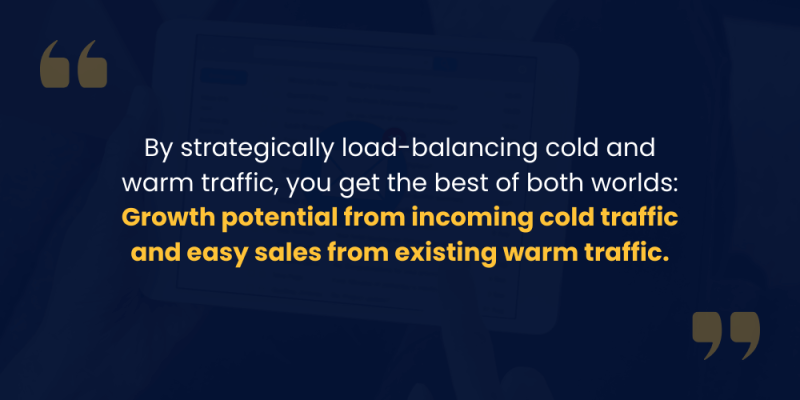
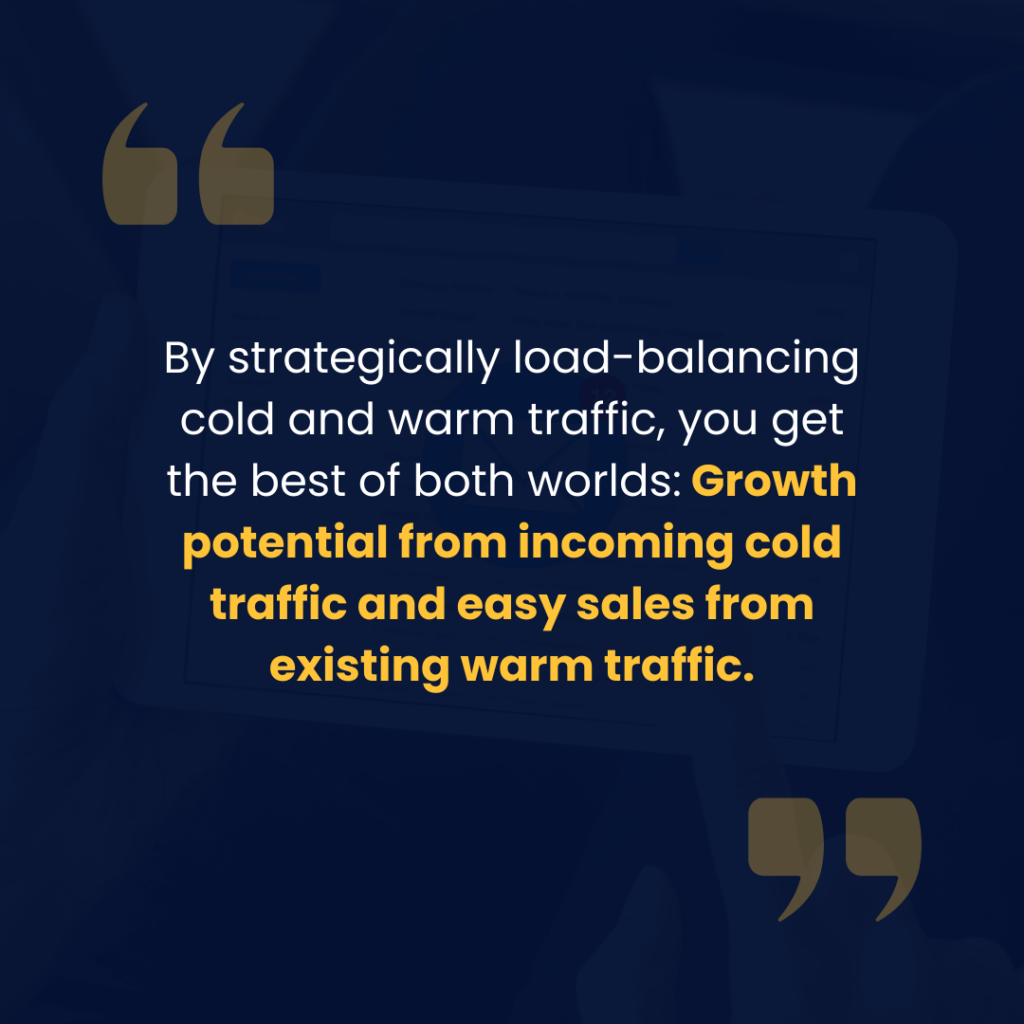
Here’s how to do that balancing act:
Cold traffic should start with low-ticket offers.
Warm traffic can receive mid and high-ticket deals.
That’s it. It’s so simple, yet a lot of people don’t use it in their email marketing. And then they wonder why their emails get totally ignored or worse—people just leave their mailing list.
If you nail this tactic, you can get the right message to the right traffic and see your conversions soar!
Balance Low, Mid, and High-Ticket Offers
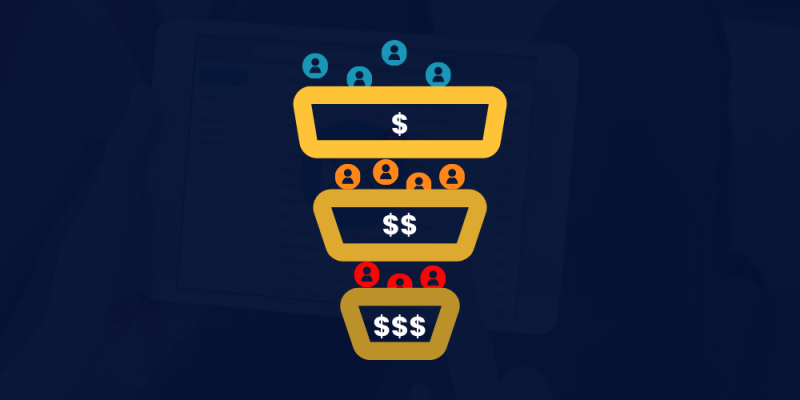

Too many marketers just promote the SAME offer to their list over and over.
That’s a recipe for burning leads and leaving profits on the table.
With load balancing, you strategically ROTATE between low-ticket, mid-ticket, and high-ticket offers.
Not every single person on your list can afford your high ticket offers. If you’re only promoting high-ticket, you’re alienating SO MANY leads. So you need to mix in the mid-ticket and low-ticket offers.
On the other hand, the big spenders on your list are probably not interested in a $7 book offer.
By ROTATING between all of these offers, you’re keeping the list fresh and not just burning them out with the exact same offers again and again and again.
Low-Ticket
Low-ticket offers are typically in the $1 to $97 range. They’re great for:
- Landing cold traffic and warming them up
- Rewarding and nurturing current subscribers
- Getting quick and easy sales from new subscribers
The point is to change your current relationship with a subscriber from a lead to a paying customer. The value is irrelevant because revenue is NOT your objective.
Your objective is CUSTOMER ACQUISITION.
Why?
If someone bought from you once, they will likely buy again.
And, no, this strategy doesn’t mean you can throw any product at your contacts for a quick buck.
You still have to provide VALUE.
Here are my rules for low-ticket offers to work. They have to:
- Closely relate to your preceding free offer (your lead magnet)
- Align with your ultimate high-ticket offer
- Give your audience a quick win or instant gratification
Remember, you don’t want to send your warm and hot buyers too many low-ticket offers. These types of leads are ready to invest more in your business.
And that brings me to the next thing on our list.
Mid-Ticket
These are around $97 to $1,000 range. They strike a balance between high-ticket and low-ticket offers and enable you to:
- Upsell warm traffic into higher spending tiers
- Test which niche products resonate best with your list
- Generate more revenue from engaged subscribers
The benefits of mid-ticket offers are two-fold: increase your revenue and establish customer trust.
You can generate substantial revenue from a broader customer segment and increase your overall sales.
But why stop there?
The way you maximize your mid-ticket offers is by earning the TRUST of your customers.
When someone is blown away by your mid-ticket offer, they become more confident in your services, and it becomes easier to persuade them to purchase your high-ticket offers.
High-Ticket
These are offers from $1,000 to $5,000 and beyond. You’d want to promote high-ticket offers to:
- Your most engaged and active subscribers
- Warm traffic that has purchased from you before
You’ve primed warm traffic and engaged subscribers for conversion. They’re more responsive and receptive to your marketing messages because they’ve experienced the value of your mid-ticket offer.
So, the conversion rates for high-ticket offers among these segments are likely higher than cold traffic or less engaged subscribers.
Even if you don’t have a huge buyer’s list, load balancing helps nurture subscribers into high-ticket buyers over time.
Mixing up low, mid, and high-ticket promotions keeps ALL types of subscribers engaged, not just big spenders.
Vary Your Promotional Formats
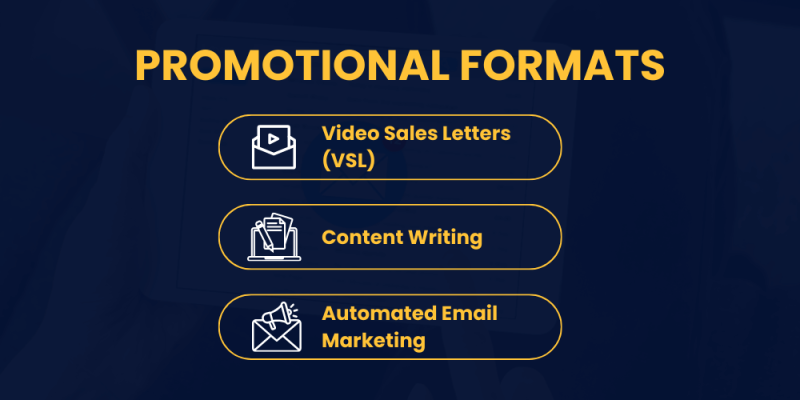
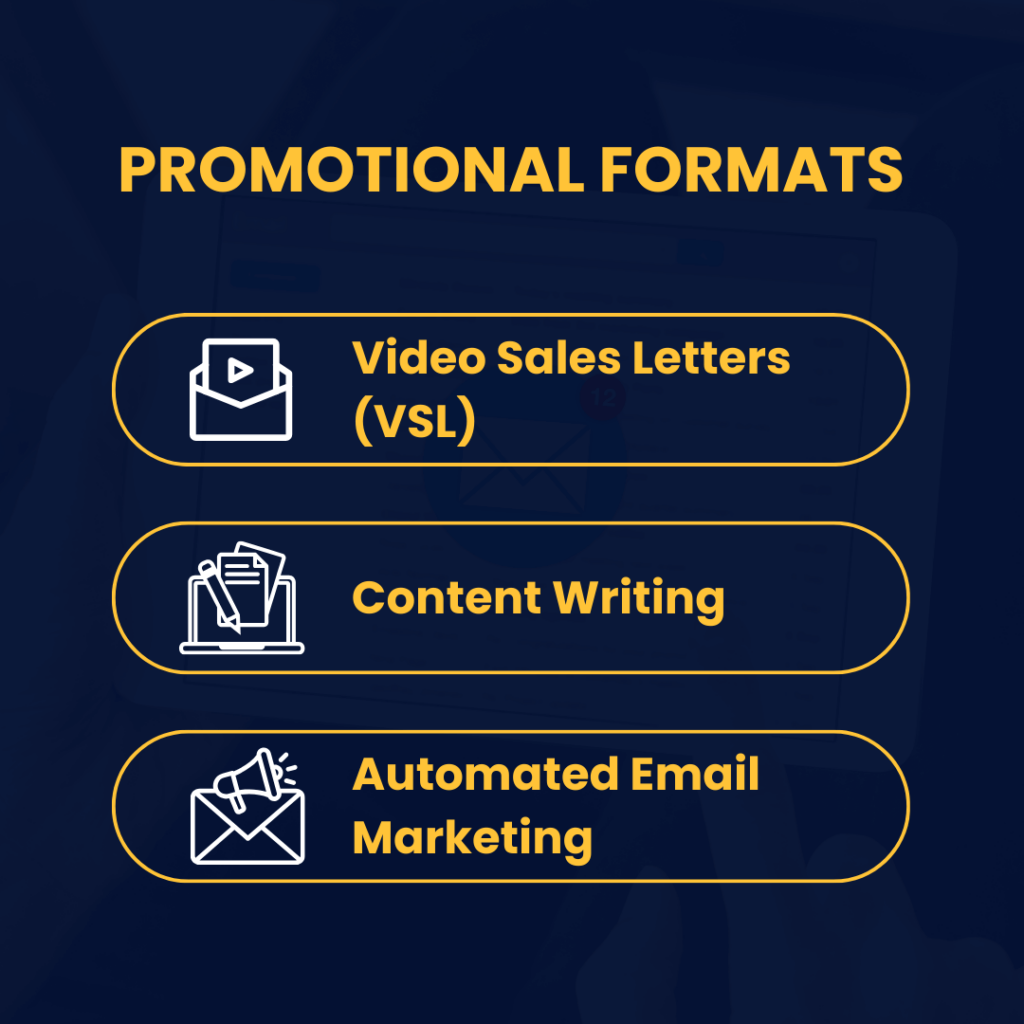
Beyond rotating your offer types and traffic types, you also need to balance the actual formats you use to promote to your list.
Formats are written sales pages, video sales letters (VSL), webinars, sales calls, etc.
You can’t just relentlessly hit them with the same email, VSL, or ad over and over again. That’s a quick way to exhaust even the most loyal subscribers.
Here’s how I break down formatting based on offer price tiers:
Low-Ticket Offers ($1 – $97)
A dedicated sales page or simple email works great. Low-ticket buyers want something quick and no-frills.
Mid-Ticket Offers ($97 – $1,000)
Step it up to a VSL or short webinar. Use video or live demos to showcase more value.
High-Ticket Offers ($1,000 – $5,000+)
Long webinars or sales calls are hands down the most effective way to sell high-ticket offers. Check out my webinar sales strategy in detail.
Here are more tweaks you can do to spice up your formats:
Optimize Subject Lines
You absolutely need to work on your subject lines.
I probably spend 80% of my time writing killer headlines and subject lines for my emails.
It’s a simple logic: If my subject line doesn’t hook readers, they won’t open. If they don’t open, they don’t read.
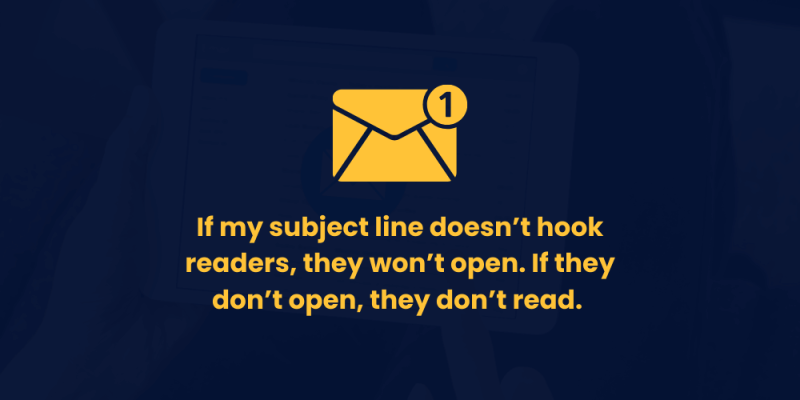
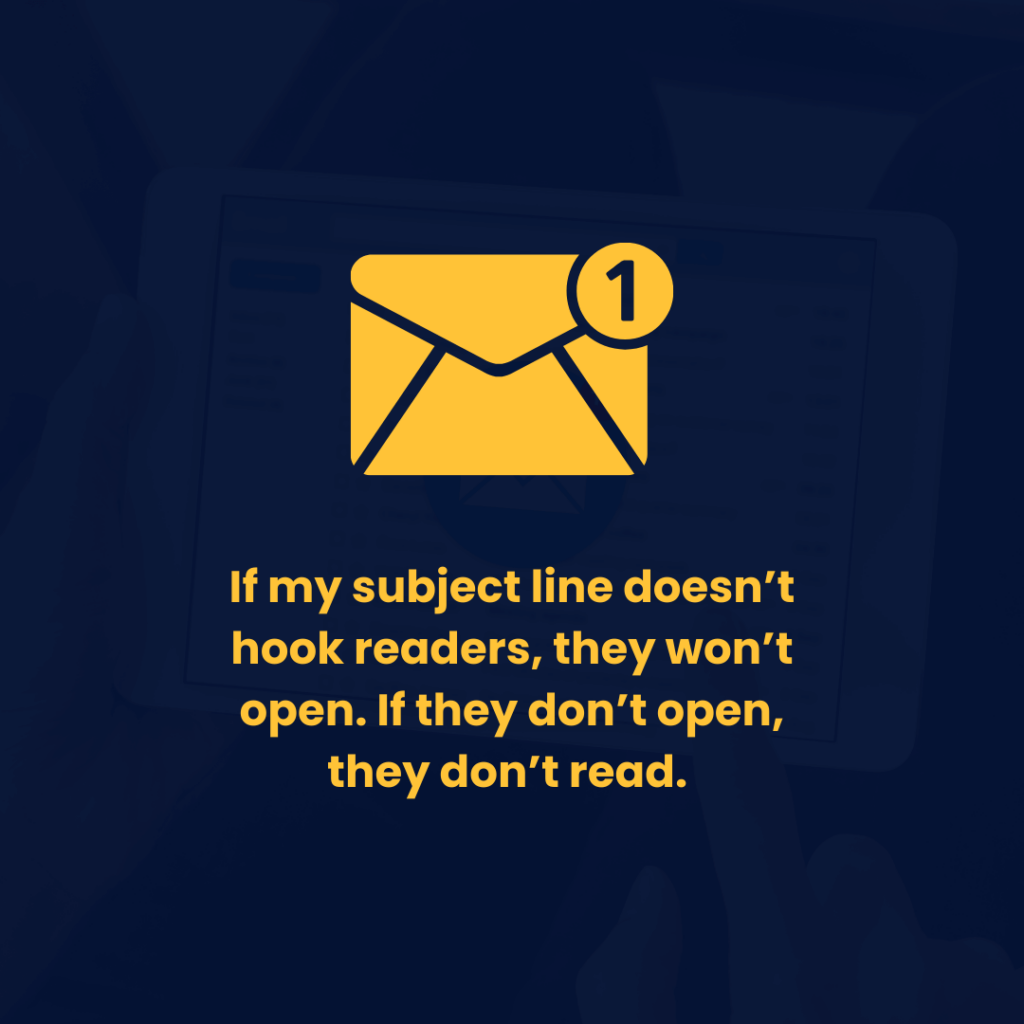
Here are some of the most important elements to test in subject lines:
- Specificity – Get ultra-specific with details and numbers to pique curiosity.
- Curiosity – Ask thought-provoking or surprising questions.
- Urgency – Convey scarcity or deadlines to prompt action.
- Value – Demonstrate the amazing information, deal, or gift they’ll get by opening.
- Relevance – Leverage timely hooks like holidays, events, and trends.
- Personalization – Use first names, account details, or purchase history.
Let’s get into some examples of these elements in action:
Specificity
Before: “Improve Your Productivity”
After: “Discover 10 Proven Ways to Boost Your Productivity”
Adding specificity with details and numbers makes the subject line more compelling and informative.
Curiosity
Before: “Enhance Your Morning Routine”
After: “Can You Guess the Secret Ingredient for a Perfect Morning Routine?”
By asking a thought-provoking question, the subject line creates curiosity and engages the reader.
Urgency
Before: “Sale Happening Now”
After: “Last Chance: 24-Hour Flash Sale Ends Tonight!”
The revised subject line conveys a sense of urgency with a clear deadline, prompting immediate action.
Value
Before: “Save on Your Next Vacation”
After: “Unlock the Secrets to Saving $500 on Your Next Vacation”
Demonstrating the specific value the reader will gain makes the subject line more enticing.
Relevance
Before: “Check Out Our Products”
After: “Get Ready for Summer: Your Ultimate Beach Essentials Guide”
The revised subject line leverages the timeliness of an upcoming season to make it more relevant and engaging.
Personalization
Before: “Exclusive Offer Inside”
After: “John, Exclusive Offer Just for You: 30% Off Your Next Purchase”
Personalizing the subject line with the recipient’s name and a tailored offer enhances the reader’s connection and interest.
Remember, you need to test subject lines rigorously because opens can vary wildly based on factors like:
- Offer type and price point
- Audience segment
- Time of day, day of week, month, etc.
- Current events and seasonality
Always validate your strategy using data to determine winning subjects, then double down on those for each audience and offer type.
Switch Up the Order You Promote
Here’s another tip: switch up the order you promote your low, mid, and high-ticket offers each month.
For example, in January, you might kick off the new year with a special low-ticket promo and wrap up the month with your big high-ticket launch.
Then, in February, you could open with your newest mid-ticket deal before coming back to a low-ticket, back-end offer.
The more you keep changing the rhythm, the better. When things get too repetitive, your list catches on and gets bored.
Vary Video Sales Letter Styles
Aside from rotating between emails, webinars, and landing pages, you can also balance your video sales letter (VSL) styles.
Now, I know this can be a big ask, especially if you’re not yet in that stage of your business where you can pump dollars into video production.
But your VSL doesn’t need to be the next big hit in Hollywood! I’ve seen many people just grab their phones and start talking away.
Believe it or not, the AUTHENTICITY in their video actually makes them more relatable to their audience.
I’m not the best on-cam talent, but I’ve learned some tricks in the years I’ve been using VSLs.
Try different scenes, shooting styles, edits, graphics, and hooks to keep it fresh.
Testing new VSL approaches is a great way to beat creative fatigue in your audience while discovering what conversational hooks and styles perform best for each unique offer.
Send Sequences and One-Off Emails
You need a mix of one-off emails and email sequences to cover list nurturing and promotions.
Your email sequences are the ones you use for onboarding new subscribers, educating them on your offerings, and nurturing cold traffic into warm buyers.
Here are some of the most common email sequences:
- Welcome email
- Customer onboarding
- Abandon cart sequence
- Re-engagement
But, relying entirely on pre-scheduled sequences can become predictable for subscribers after a while.
And with so much inbox clutter nowadays, sequences risk being overlooked entirely.
That’s why you need to send some real-time one-off emails to shake things up.
One-off emails are useful for capitalizing on time-sensitive offers, product launches, events, and seasonal promotions.
Conduct Polls and Surveys
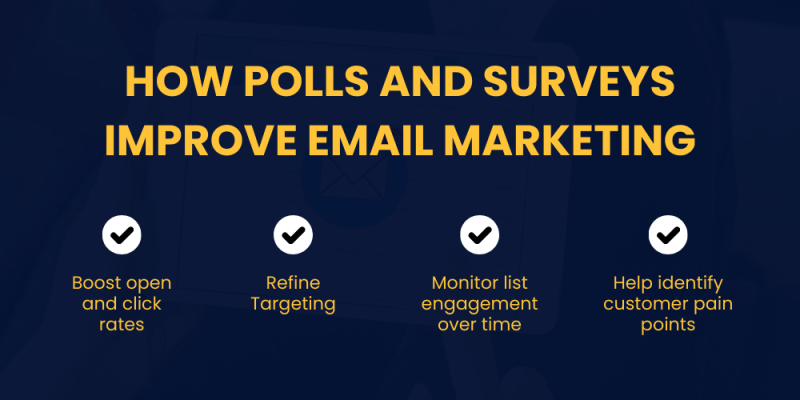
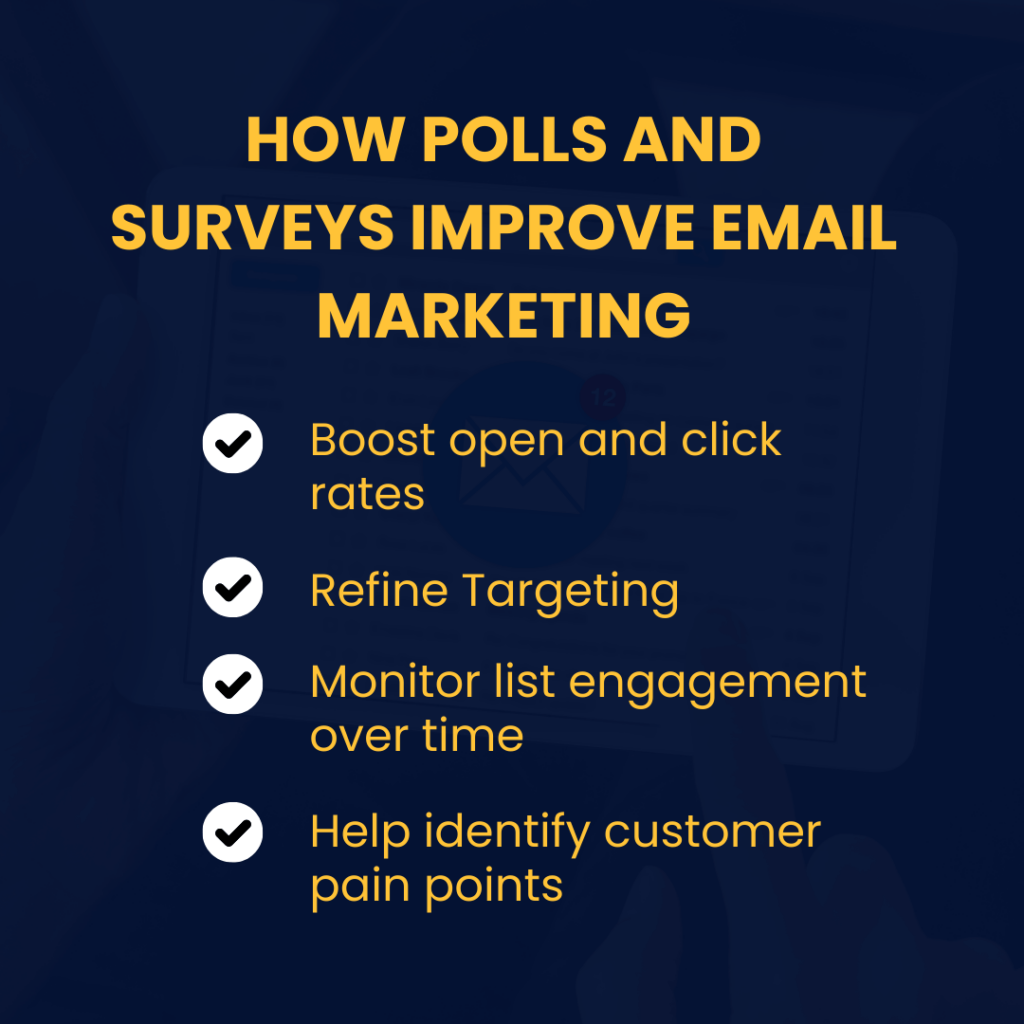
Look, people feel valued when you ask their opinion. So, ask away!
So many businesses forget (or neglect) feedback! There’s a TON of reasons why you should do this.
Short polls and surveys provide valuable insights to improve how you do your email marketing.
How?
- They boost your open and click rates – a quick poll engages subscribers by asking for their opinions, which most people enjoy sharing.
- Refine Targeting – surveys give you first-party data to help refine your targeting and content.
- You can monitor list engagement over time – for example, declining participation signals possible list fatigue.
- They’re great for identifying pain points – use your surveys to tweak your messaging or create new content or offers.
No, not saying you should make surveys and polls a habit.
The key is to keep them concise, sporadic, and casual. Small doses of feedback mixed into emails can give you a GOLDMINE of information without overwhelming your subscribers.
Test Different Send Days and Times
You have to test your send times to take your email game to the next level.
Not everyone checks their email at the same time.
Some people are up before the roosters, glued to their inboxes. Others don’t check until lunch.
You have to find the sweet spot based on your list.
Maybe it’s Tuesday at 9 a.m. when most people on your list start their day. Or it can be Thursday at 5 p.m. when they’re unwinding after a long day.
Do you have a global audience? You better be testing different times based on time zones, then! Don’t be emailing someone at 3 a.m. their time.
Here’s what I do: look back at your top-performing emails. What time were they sent? That data is your clue for finding the ideal email send times.
Stop Sending Boring Emails!
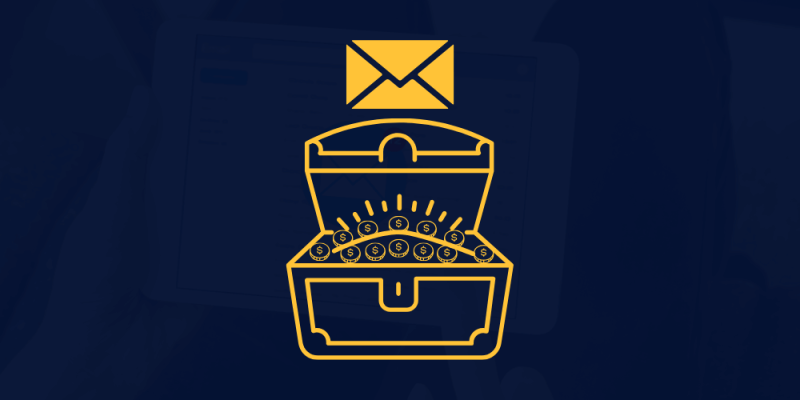
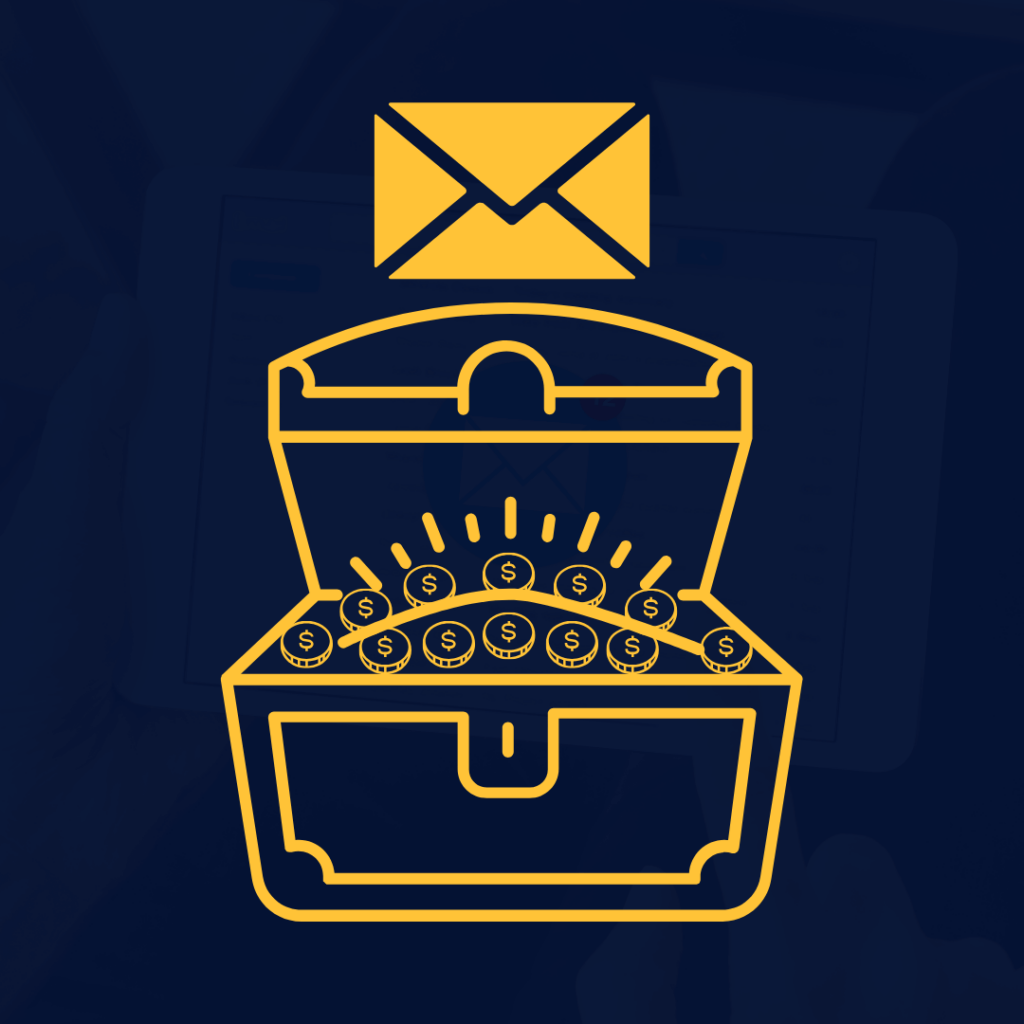
With all these ways you can use load balancing, you don’t have an excuse to keep sending boring emails!
It took YEARS and MILLIONS of emails sent for me to perfect this system. But these tips will shortcut your path to email marketing profits and loyal subscribers.
When you do this STRATEGICALLY, your email list can become your biggest profit center, and you won’t CHURN your list like so many marketers.
I don’t think there’s a better strategy out there.
I want to hear about your biggest email marketing wins! Head over to our FREE Facebook group and shoot me a comment.
See you inside!


